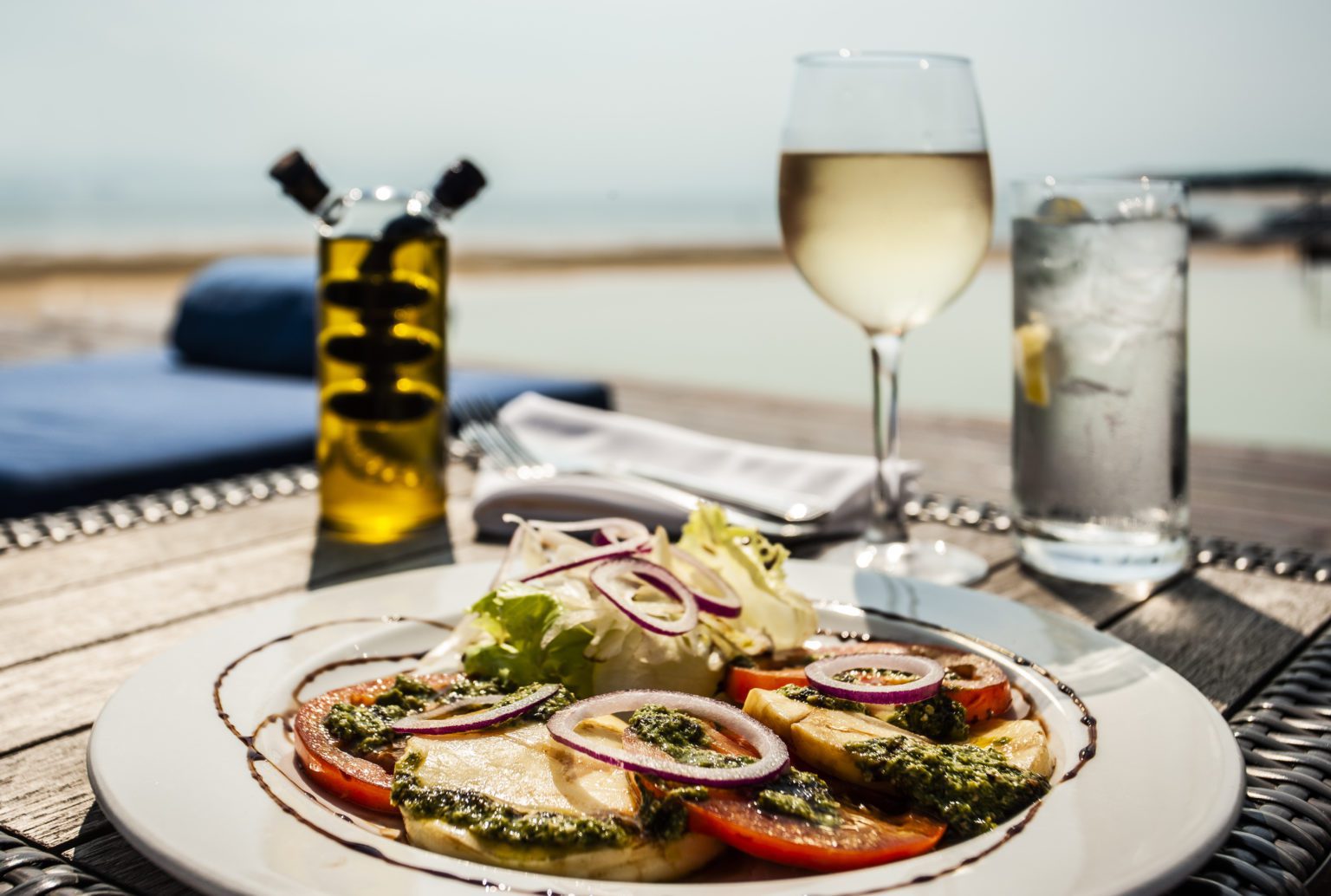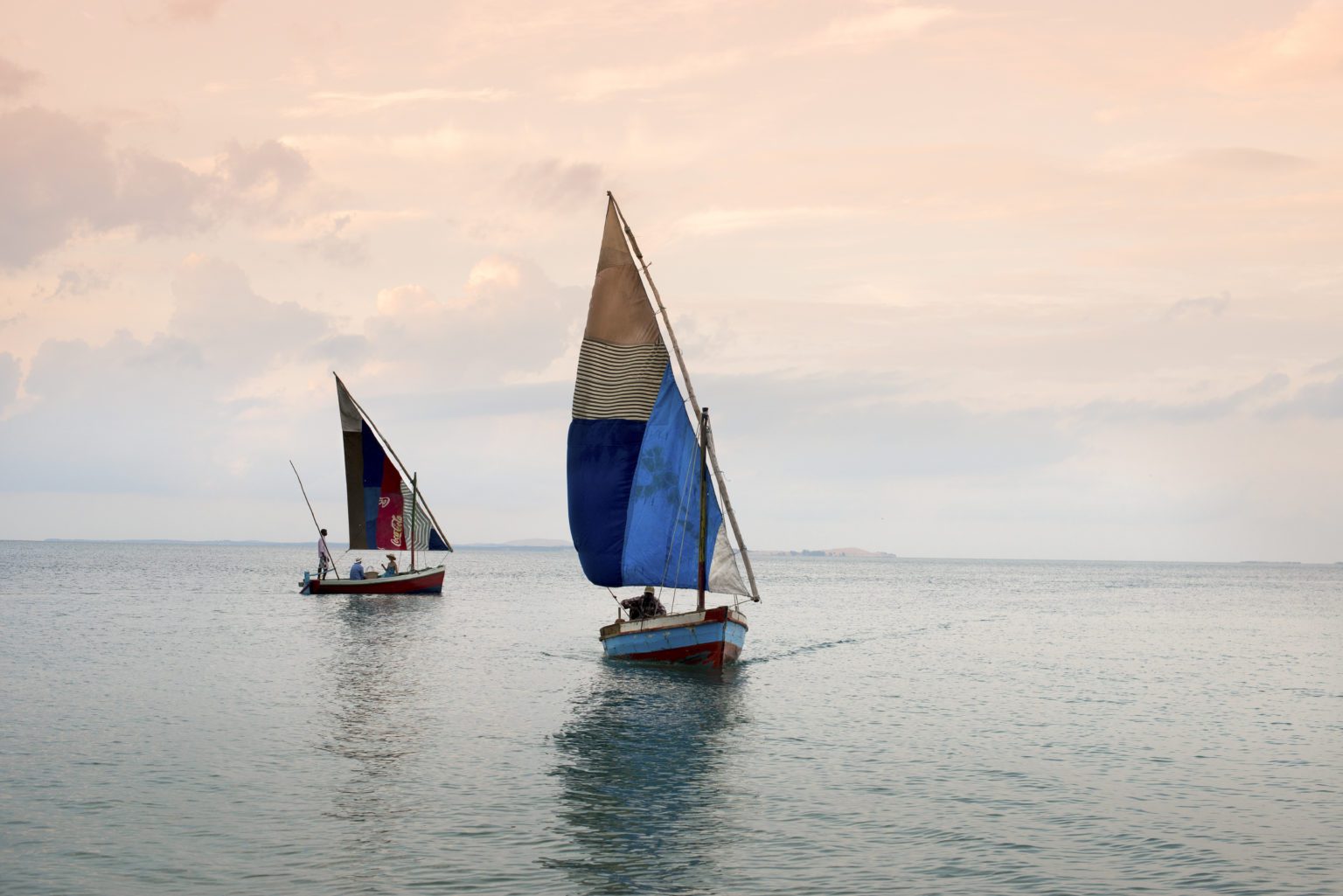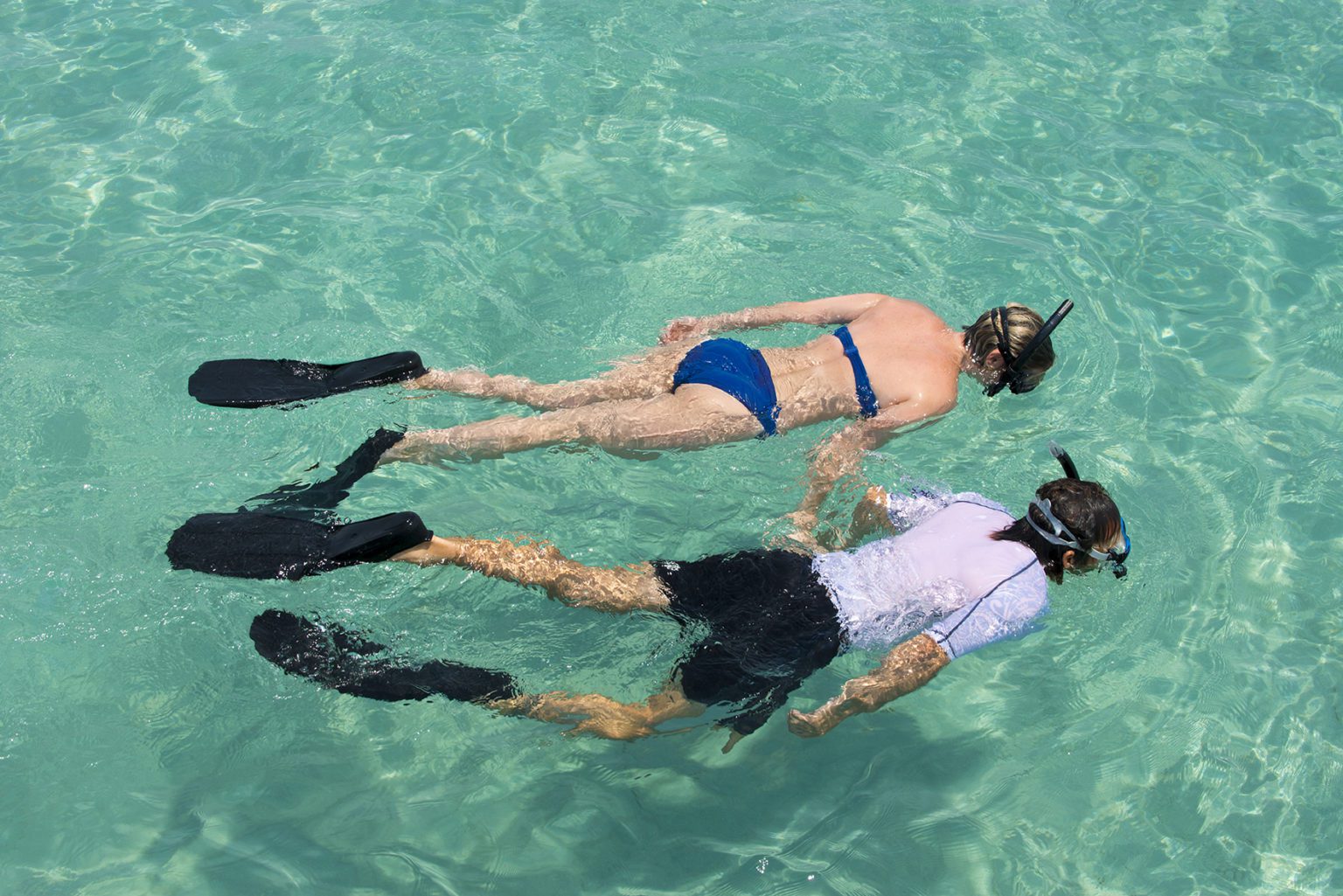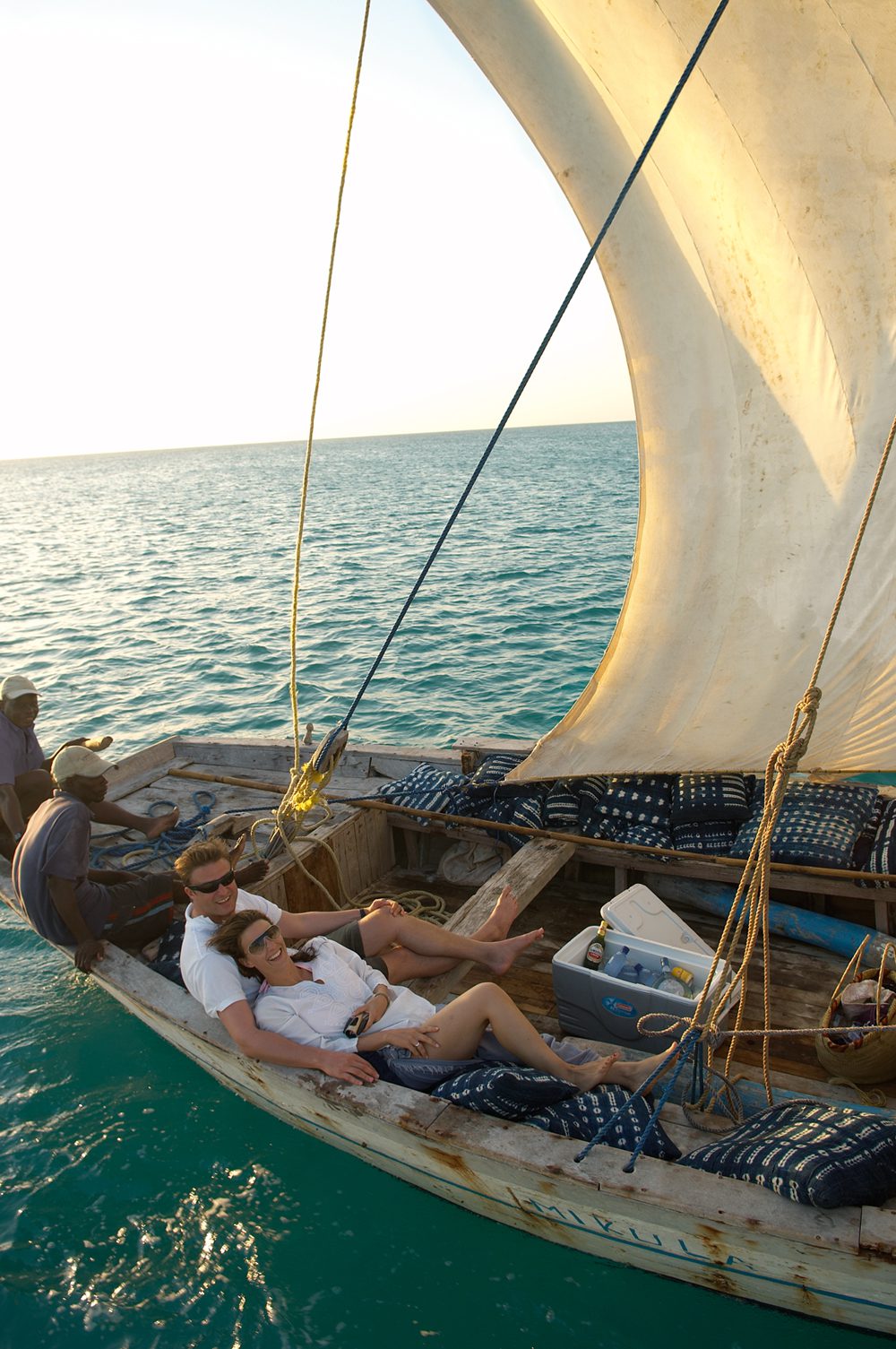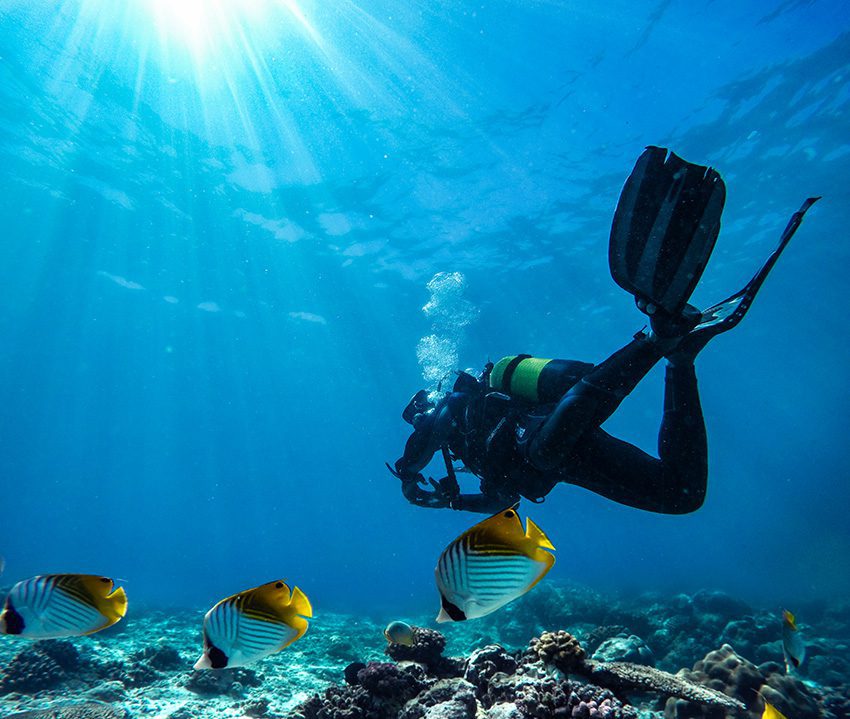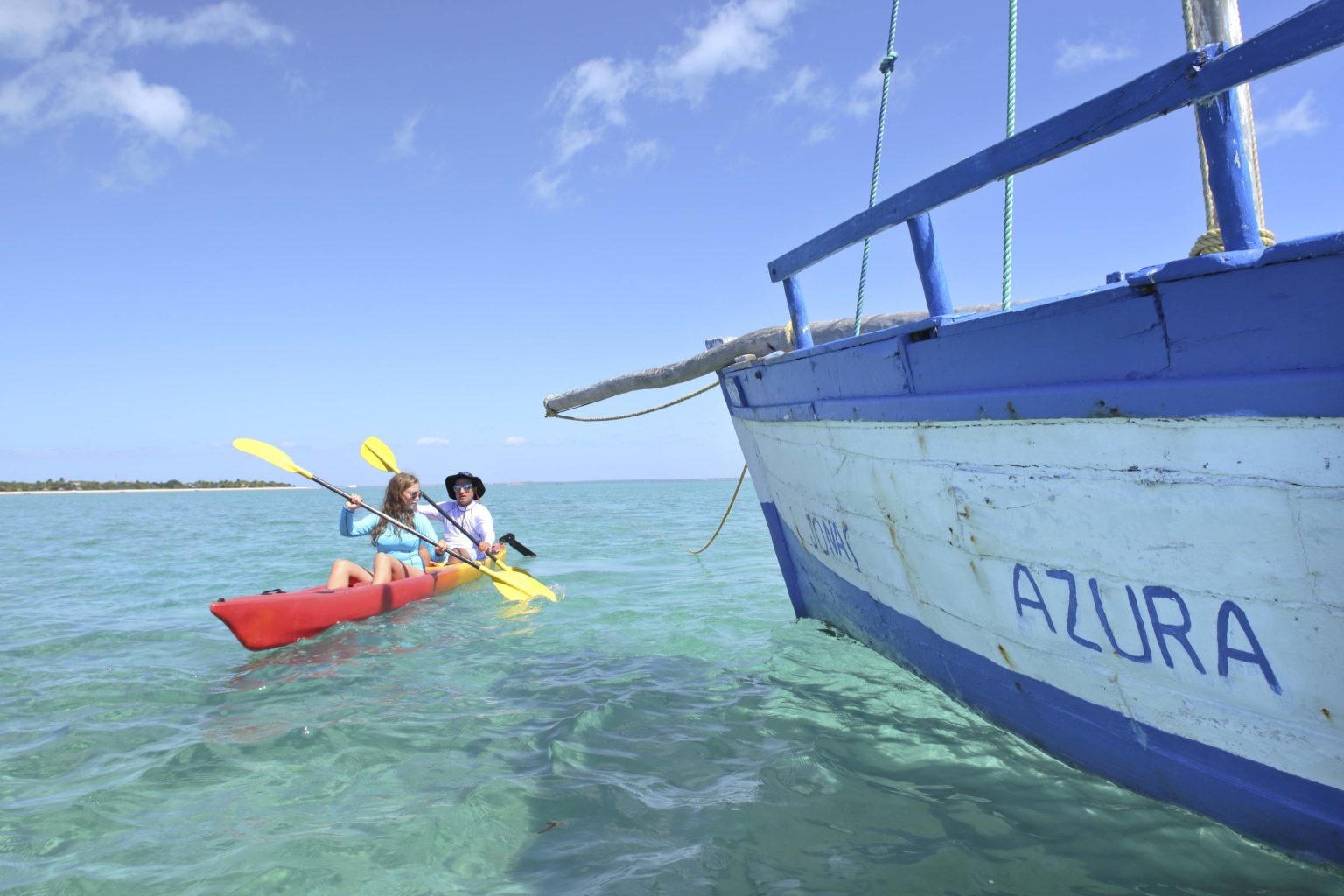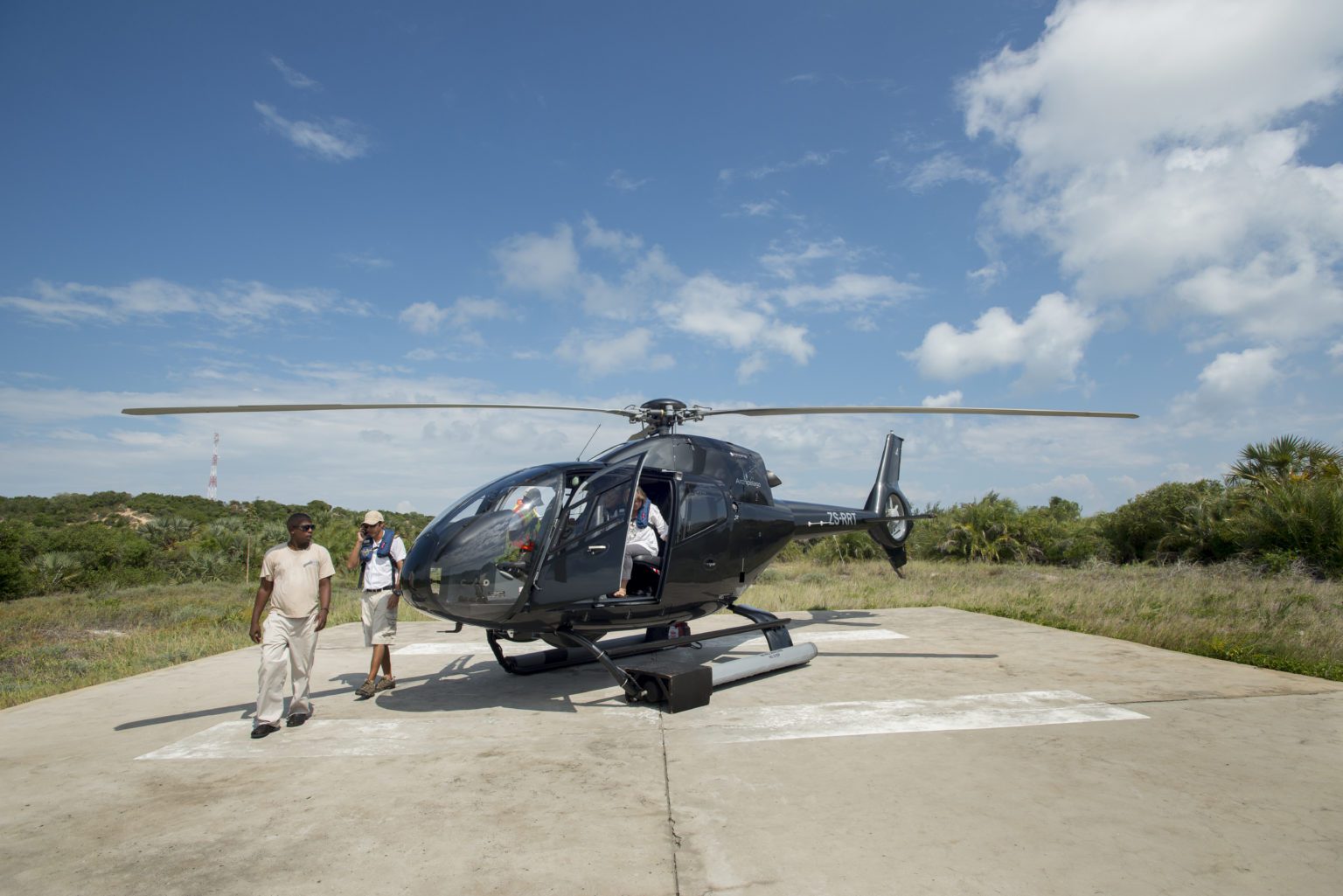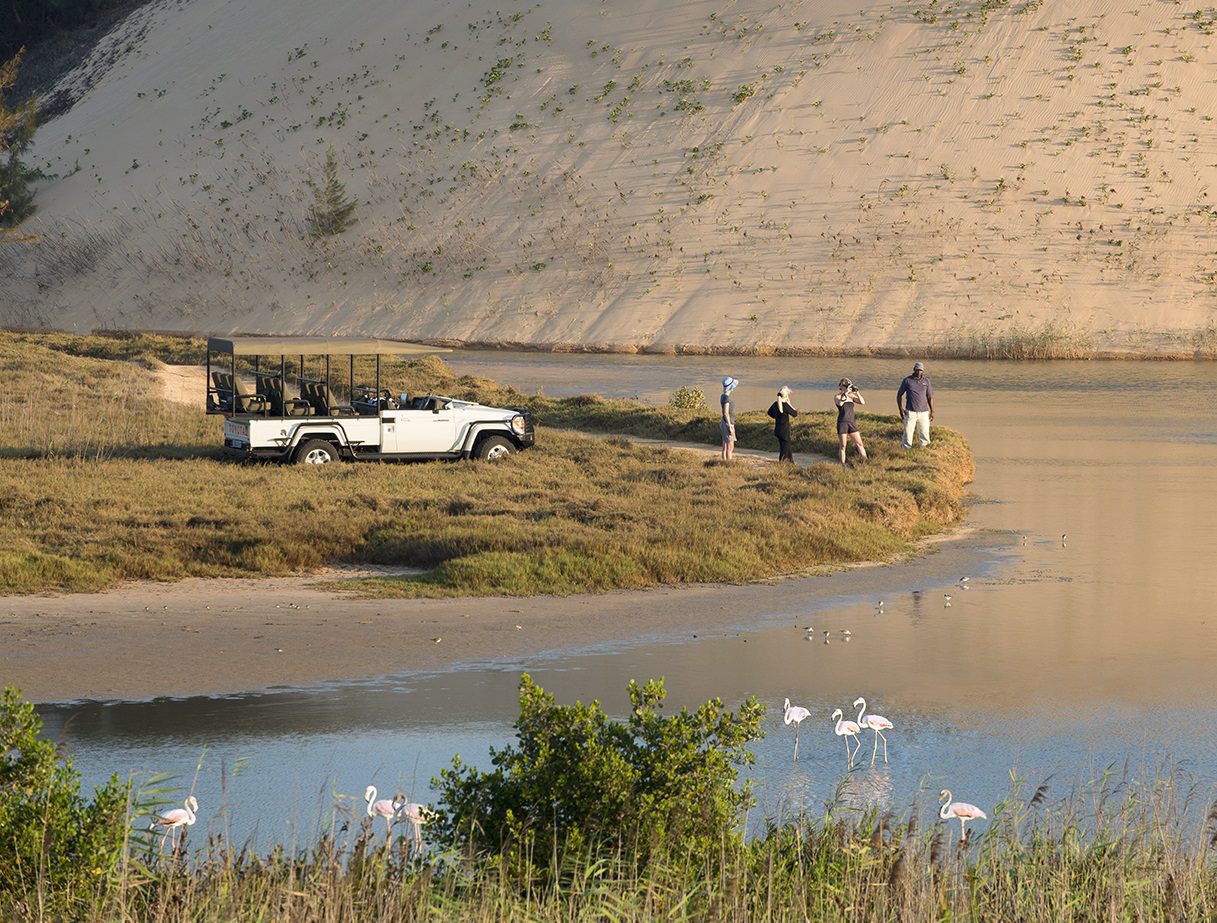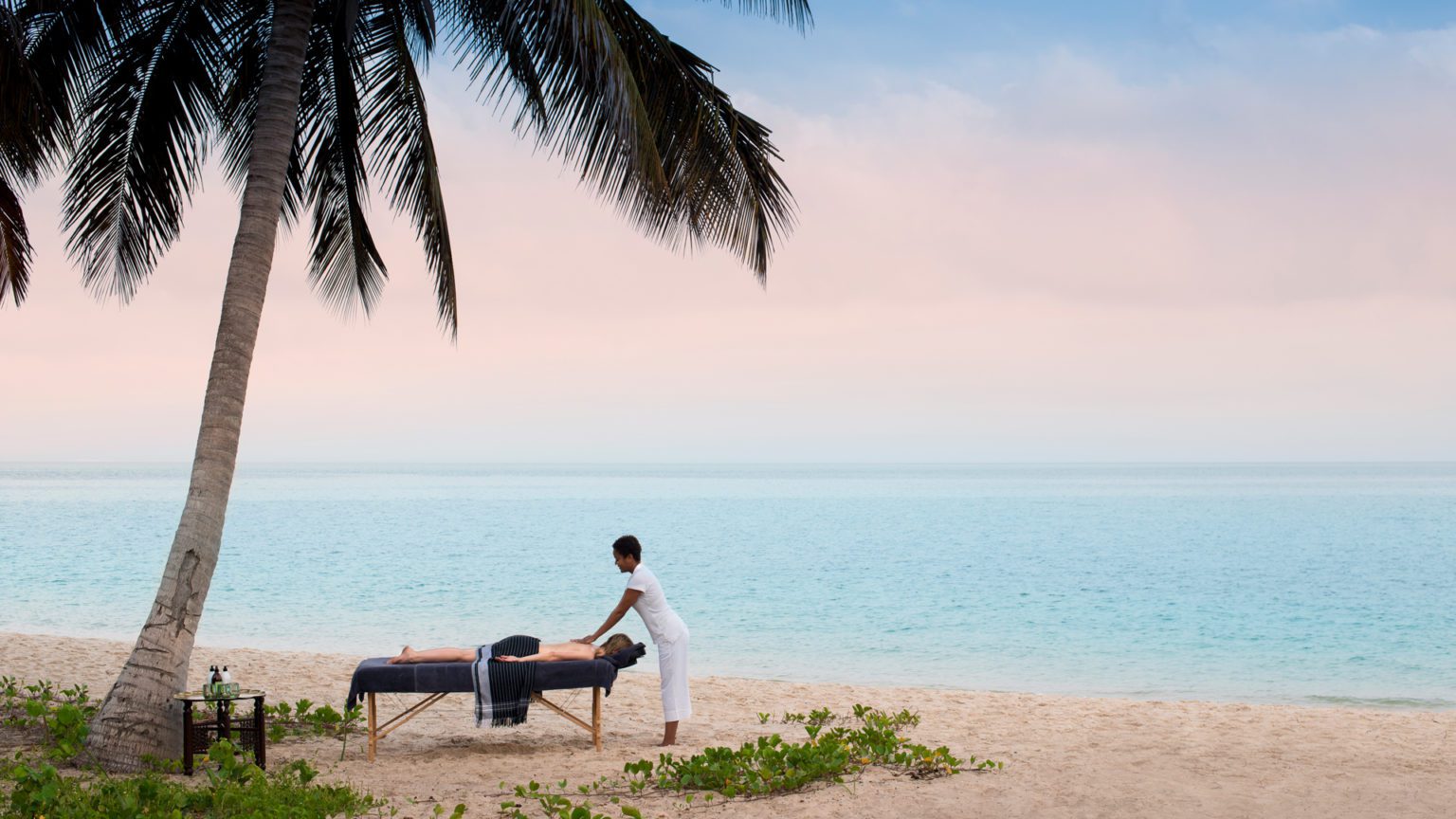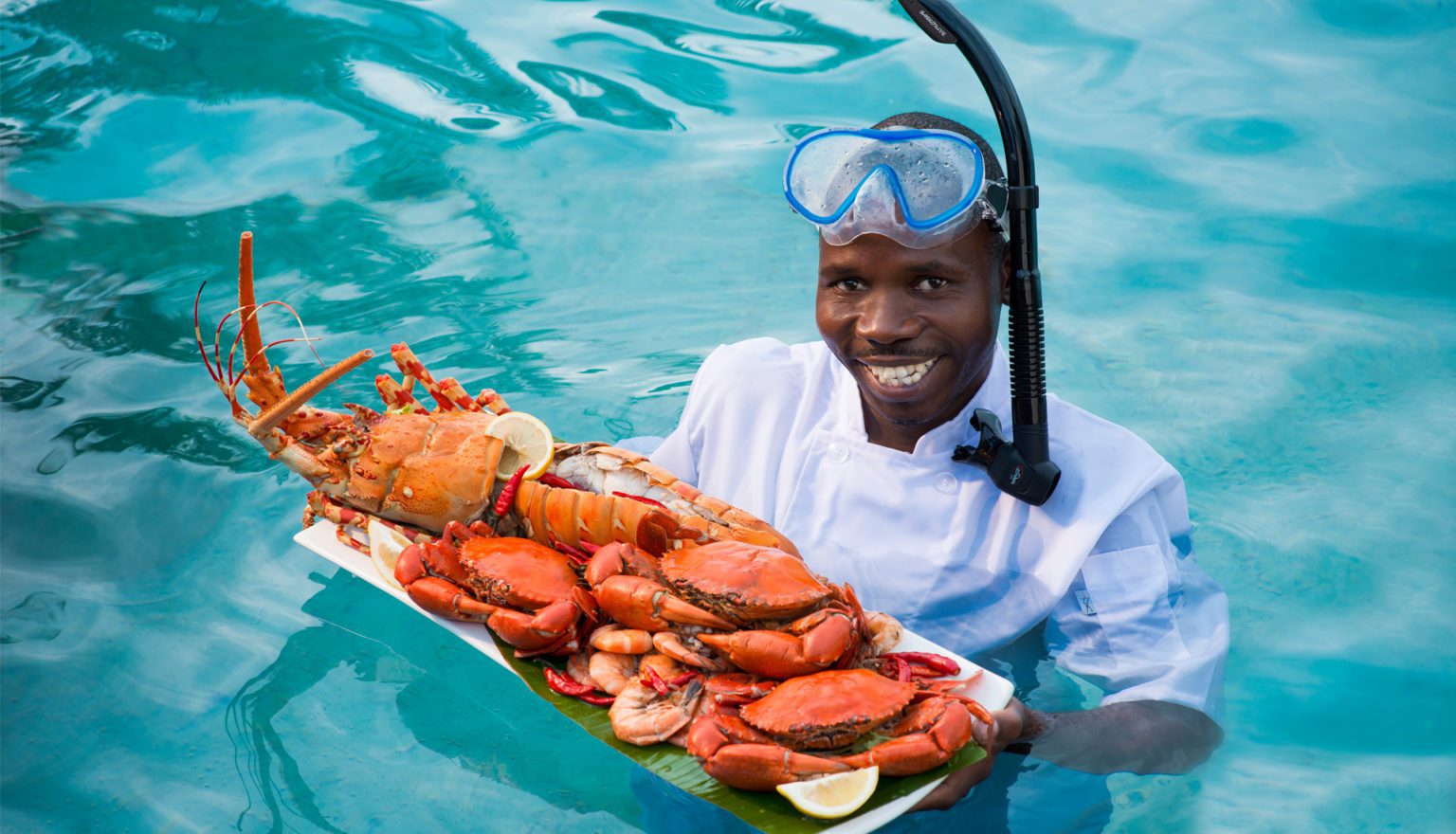Luxury & Private Mozambique Safaris
Mozambique is a large country with a unique blend of Portuguese and African styles. Its history lays claim to pirates, slavers, and ivory traders while the colonial architecture, marimba bands, and local music provide a touch of drama to the towns.
Mozambique is all about the beaches, fresh seafood, fishing, snorkeling, and diving. Wild, beautiful, hot, and sandy, this is the perfect place to unwind, unplug your gadgets, and soak up the sun. No matter what your desired level of activity, sundowner dhow rides are the perfect way to end your day in paradise.
Southern Mozambique offers polished beach accommodation along with some more wild coastline further towards South Africa. Northern Mozambique’s isolated islands and coastline offer a more remote and barefoot luxury experience. Mozambique’s Gorongosa National Park has a handful of eco-lodges in the works to open and the game is being habituated. Once ready, travelers will also have a traditional safari experience, making Mozambique more than just a beach destination.
Northern Mozambique combines well with East Africa, and the south can be easily added to a southern Africa safari itinerary. Mozambique’s extensive coastline takes in varying degrees of latitude, making it a year-round destination and the perfect way to end your safari.
What to expect on a luxury Mozambique safari
- Mozambique: Luxury & Private Safaris: Mozambique is a casual and relaxed beach destination, ideal for diving enthusiasts and those who want an uncomplicated end to their safari. Service speeds are on “island time,” even at the higher-end properties.
- Memorable accommodations: Many properties in Mozambique err on the side of barefoot or eco-luxury and are often open to the elements. Even five-star luxury lodges may be without air-conditioning. This is not universally true and there are properties that can meet the needs of travelers looking for polished luxury rooms, but eco-luxury is the general trend.
- Mozambique game viewing: If your priority is game viewing, the reserves in Mozambique may not quite meet your needs. They cannot compete with parks in Kenya, Tanzania, Botswana or South Africa for density of game and ease of sightings. Mozambique’s advantage is that there is a low density of vehicles so it will feel very remote.
- Getting around Mozambique: The country is quite large and many of the beach properties are on islands off the coast, which increases the likelihood of spending time in a small plane. For travelers who don’t enjoy flying, then Mozambique might not be the right choice.
Mozambique travel tips
- There is a Pemba, Tanzania, and a Pemba, Mozambique—take care not to confuse the two.
- Dive around Inhambane for mega-fauna like whales and manta rays.
- Go diving in the Quirimbas for pristine coral.
- Ilha de Moçambique is a UNESCO site and worth a visit.
Mozambique FAQs
It would be easy to spend a week in Mozambique, especially if you’re a diving enthusiast or on a honeymoon. When visiting as a beachy add-on to a luxury South Africa safari itinerary, four nights gives you enough time to slow into the destination.
Mozambique is a malaria endemic country and visitors are at risk of contracting the mosquito-transmitted disease.
The CDC recommends that travelers going to certain areas of Mozambique take prescription medicine to prevent malaria. Consult your doctor to assess which antimalarial is the best option for you.
If you add Mozambique on to a safari you will almost certainly have to fly into Pemba or Vilanculous and then take a road or helicopter transfer. Among the properties we favor, White Pearl is one of the few that you can reach via road from South Africa.
Mozambique is quite a large and many of the beach properties are located on islands off the coast, which increases the likelihood of spending time in a small plane. For travelers who don’t enjoy flying, then Mozambique might not be the right choice.
As a beach destination Mozambique offers exclusive luxury in remote areas. Naturally, this exclusivity and luxury comes at a premium.
You’ll find easier on the wallet options if you stay on the mainland, and the more luxury spots will be found a helicopter away on island like the Bazaruto Archipelago.
The scuba diving in Mozambique is considered some of the best in the world.
The north (Quirimbas) offers gorgeous coral reefs, and the south (Inhambane, especially) provides sightings of humpback whales, reef sharks and manta rays. Bazaruto has a bit of both.
Depending on where you stay, you’re offered everything from shallow reef dive sites to those up to 30 meters in depth. Strict PADI standards are always adhered to and you can always do an introductory PADI “discovery” class to test out the diving experience.
If you are traveling to Mozambique specifically for the diving, we recommend going between July and October.
When is the best time to visit Mozambique?
Depending whether you go to the north or the south, Mozambique can be a year-round destination. January through March/April are the hottest and wettest months and there is always a good chance of rain. But we wouldn’t rule these months out altogether, especially if you are staying as long as a week. It won’t likely ruin your Mozambique safari, but be prepared for rain.
If you are traveling to Mozambique specifically for the diving, we recommend going between July and October. The humpback whales migrate into the Mozambique waters during that time, so if you have your heart set of viewing these magnificent creatures, time your vacation accordingly.
In addition, the south (Bazaruto, Inhambane, Ponta Mamoli) can have heavy rainfall and even cyclones on certain parts of the coast between January and March. In the north (the Quirimbas, Ilha de Mozambique) the rainiest time of year is more closely aligned with the rains in East Africa, between March and May. Of course there is annual variation and in theory it could rain for a day or two at any time of year.
Because it is so easily accessible from South Africa, Southern Mozambique gets very busy during the South African holiday seasons, mainly December to January and the Easter Holidays. If you want to avoid the masses, then perhaps look at traveling out of these periods.
What are the best things to do in Mozambique?
Mozambique is well suited to travelers interested in water activities, marine life, and gorgeous beaches. Scuba diving, snorkeling, fishing, dhow sundowners, kayaking, or simply relaxing on the beach are the best ways to fully experience some of the coastal regions of Mozambique: Ponta Amoli, Inhambane, and Quirimbas.
Game-viewing in Mozambique will hopefully be successful in Gorongosa with an increase in visitors and further habituation of the animals. The safari experience can be an enjoyable one because of the lack of crowds, but you do need to search a little harder for the animals. You won’t trip over them as you would in Kenya and Tanzania.
Maputo and the other Mozambique towns are historically fascinating. The architecture, museums, markets, bars, and cafes can best be explored on foot or on guided walking tours.
Wildlife in Mozambique
Gorongosa is home to big cats, elephant, hippo, crocodile, a wide variety of antelope and smaller animals such as civets, genets, and cerval. However, the game-viewing is just not as dense or prolific as in other parts of Africa.
In terms of wildlife, Mozambique’s big draw is its marine life. Depending on where you are and the time of year you can see manta rays, sea turtles, dolphins, turtles, humpback whales, whale sharks, reef sharks, hammerheads, enormous grouper, barracuda, snapper, and tuna. The southern waters are good for seeing these larger creatures while the northern waters are rich with beautiful coral reefs.
Where to go on a luxury trip to Mozambique
- The northern Quirimbas Archipelago is known for its healthy coral reefs.
- Inhambane is known for big fish, sharks, whales and more technical deep-water dives.
- Bazaruto has a bit of both and has the most polished luxury properties.
- While safaris and game-viewing aren’t Mozambique’s strength, we are watching Gorongosa National Park as eco-friendly lodges are being built for a few days of remote, uncrowded game-viewing if you are coming from a more crowded safari destination like Kruger.
Luxury Mozambique trip itineraries
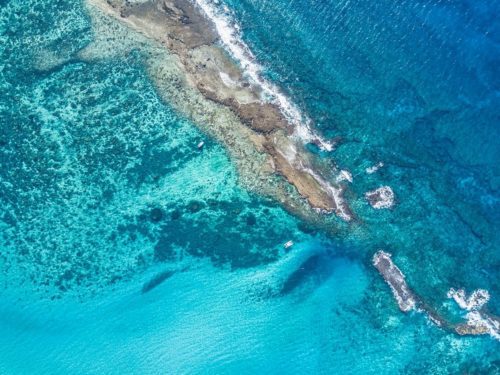
- Itinerary
Luxury Honeymoon: Bush & Beach
City life, wildlife, and white sand beaches

- Itinerary
Romantic Safari Getaway in Southern Africa
Highlights of South Africa and Mozambique’s beautiful beaches
Our favorite luxury hotels in Mozambique
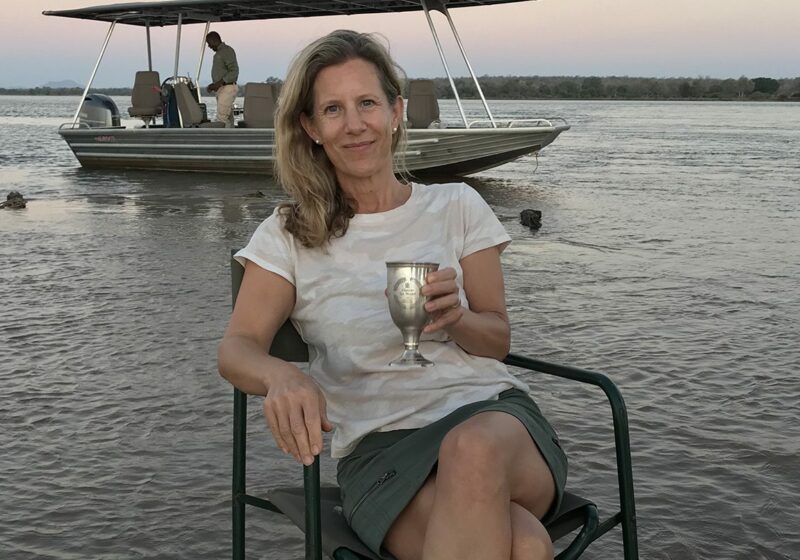 Lara Ray
Lara Ray

